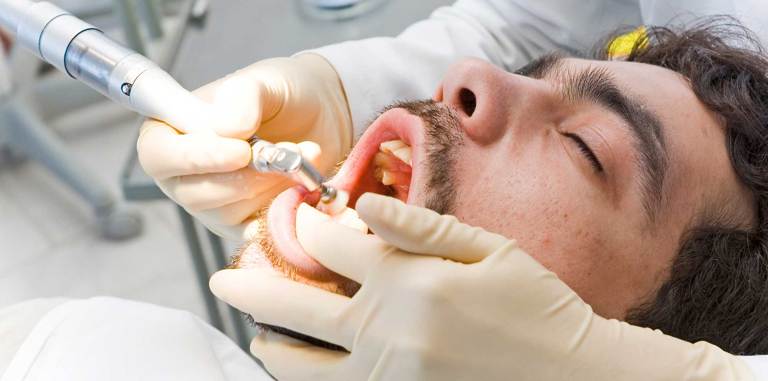A Dental Cleaning, Also Known as a Dental Prophylaxis or Teeth Cleaning
A dental hygiene appointment typically entails a checkup and cleaning for most patients. Overall, a dental cleaning is a quick and painless procedure that is an important part of maintaining good oral health.
The hygienist will first use a small mirror to examine the teeth and gums during a dental cleaning. They will then use a scaler tool to remove plaque and tartar from the surfaces of the teeth, paying particular attention to the areas around the gum line. Once all the plaque and tartar have been removed, the hygienist will use a polishing tool to smooth the surfaces of the teeth and make them feel clean. They may also apply fluoride to the teeth to help prevent cavities.
Who are dental cleanings for?
Dental cleanings are generally recommended for all ages, regardless of age or oral health.

How long do dental cleanings take?
Most dental cleanings last about 45 minutes.
Schedule an appointment today!

